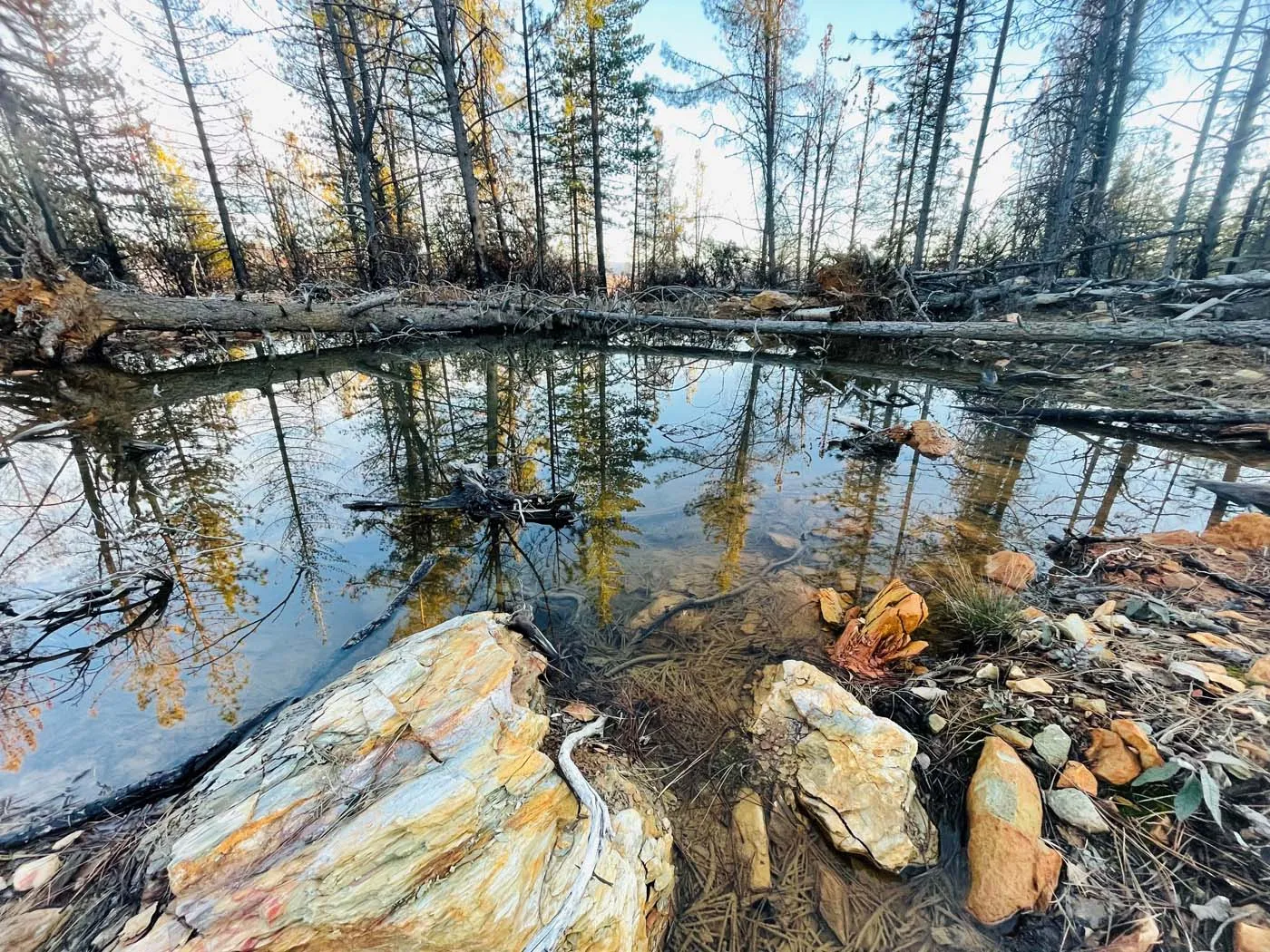Nevada, a state famed for its vast deserts and bustling cities, also harbors a rich and diverse wildlife. From towering mountains to tranquil wetlands, Nevada is home to countless animal species, each playing a vital role in the state’s unique ecosystem. If you are a nature enthusiast and passionate about exploration, Nevada is definitely an ideal destination for unforgettable wildlife spotting adventures.
This article will provide you with a detailed guide on how to spot wildlife in Nevada, from identifying potential locations to preparing for your trip and applying necessary safety measures. We will explore biodiversity-rich areas together, learn about characteristic animal species, and the conservation efforts being implemented to protect them. Let’s embark on a fascinating journey to discover the wildlife world in Nevada!
Top Locations for Wildlife Spotting in Nevada
Nevada boasts diverse natural areas, each with unique characteristics and habitats for different animal species. Here are some outstanding locations you shouldn’t miss on your wildlife exploration journey:
1. Tahoe National Forest:
Tahoe National Forest is an excellent destination for wildlife observation, especially amphibians like the California red-legged frog (Rana draytonii), a species actively being conserved in the area. Habitat expansion projects for frogs, such as wetland construction, have created great opportunities to observe this frog species in their natural habitat.

In addition, Tahoe National Forest is also home to many other animals such as black bears, deer, foxes, and various bird species.
2. Desert National Wildlife Refuge:
This is the largest wildlife refuge outside of Alaska in the United States. It protects a significant population of desert bighorn sheep, as well as coyotes, bobcats, kit foxes, mountain lions, and gray foxes. This vast refuge offers excellent opportunities to observe animals adapted to harsh desert environments.
3. Ash Meadows National Wildlife Refuge:
This unique desert oasis is home to many endemic species of fish, plants, and insects, many of which are found nowhere else in the world. It is a fantastic destination for those interested in observing small animals and unique ecosystems.
4. Great Basin National Park:
This park features a diverse range of elevations, from low desert areas to the 13,000-foot Wheeler Peak. This diversity creates various habitats, supporting species such as mule deer, pronghorn, and numerous bird species. At night, you can observe bats and other nocturnal animals.
5. Lake Mead National Recreation Area:
Lake Mead and the surrounding area are home to bighorn sheep, coyotes, bobcats, and many water bird species. You can rent a boat or hike to explore the area and search for wildlife.
Helpful Tips for Successful Wildlife Spotting
To increase your chances of observing wildlife and have a safe and enjoyable trip, keep these tips in mind:
- Research beforehand: Learn about the animals you want to observe and their preferred habitats. This will help you identify the best locations and times to search.
- Timing is crucial: Dawn and dusk are often when animals are most active. Arrive at your observation spot early or stay late for the best chance.
- Be patient and quiet: Wildlife is very sensitive to noise and movement. Move slowly, stay quiet, and observe your surroundings carefully.
- Use binoculars and cameras: Binoculars will help you observe animals from a distance without disturbing them. Cameras will help you capture memorable moments.
- Choose appropriate clothing: Wear neutral-colored clothing to blend into the environment and avoid attracting attention. Wear comfortable walking shoes and a hat to protect yourself from the sun.
- Bring water and snacks: Especially important if you are hiking or spending extended periods outdoors.
- Use maps and GPS: To avoid getting lost and find your way to observation points.
- Learn about local conservation projects: Participating in or supporting these projects is a great way to contribute to the protection of wildlife and their habitats.
Safety First
When wildlife spotting, safety is always the top priority. Here are some important safety measures to follow:
- Maintain a safe distance: Do not approach wildlife too closely. Remember that you are in their home and need to respect their personal space.
- Do not feed the animals: Feeding animals can alter their natural behaviors and harm their health.
- Be aware of venomous animals: Nevada is home to some venomous animals such as rattlesnakes and scorpions. Be careful when moving in areas where they are present and know how to react if bitten or stung.
- Report unusual behavior: If you see an injured animal or one exhibiting unusual behavior, report it to the local park ranger or wildlife agency.
- Prepare for extreme weather: Weather in Nevada can change rapidly. Bring appropriate clothing and be prepared for different weather conditions.
- Inform someone of your plans: Let a family member or friend know where you are going and when you expect to return.
Wildlife Conservation: Contributing Together
Conserving wildlife and their habitats is crucial to ensure that future generations can also enjoy the beauty and diversity of nature. You can contribute to conservation efforts in many ways:
- Support conservation organizations: Many non-profit organizations work to protect wildlife and their habitats. Donate or volunteer for these organizations.
- Practice responsible tourism: When traveling, choose eco-friendly tourism service providers and adhere to conservation principles.
- Minimize your impact: Reduce waste, use energy sparingly, and avoid polluting the environment.
- Educate others: Share your knowledge about wildlife and the importance of conservation with your friends, family, and community.
Conclusion
Nevada is a treasure trove of wildlife, offering wonderful nature exploration experiences for those who love it. By following the guidelines and tips provided in this article, you can enjoy safe, exciting, and meaningful wildlife spotting adventures. Remember that protecting wildlife and their habitats is everyone’s responsibility. Let’s join hands to conserve these precious natural heritages for future generations. Wishing you memorable trips and unexpected discoveries in Nevada!